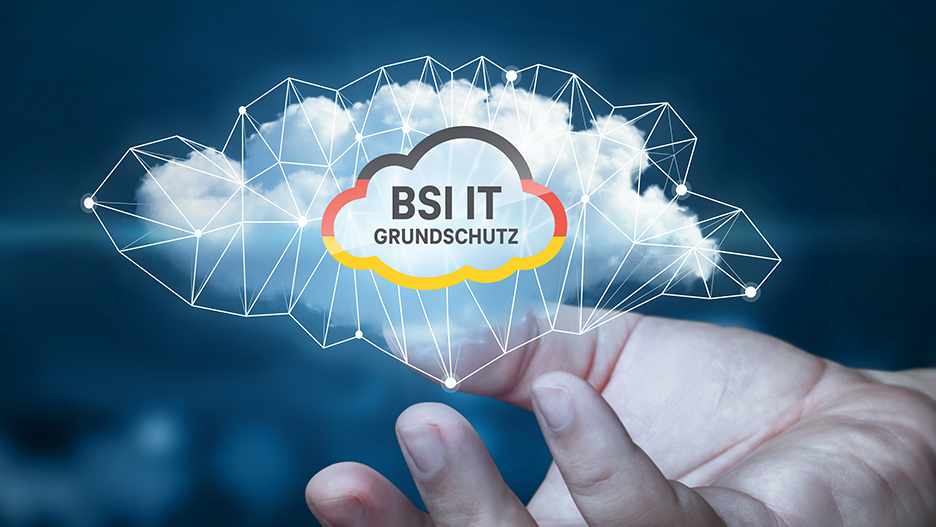In this article, you will read
- why public administration stands at a crossroads,
- how digitalization can help simplify administrative processes and ease employees’ workloads,
- and why integrating a sovereign cloud into digitalization initiatives is so important.
Public administration is undergoing a historic transformation: Analog structures, staff shortages, and rising citizen expectations are colliding with new legal requirements and digital opportunities. Strategies, technologies, and best practices from Germany and across Europe show how authorities can navigate this balancing act.




